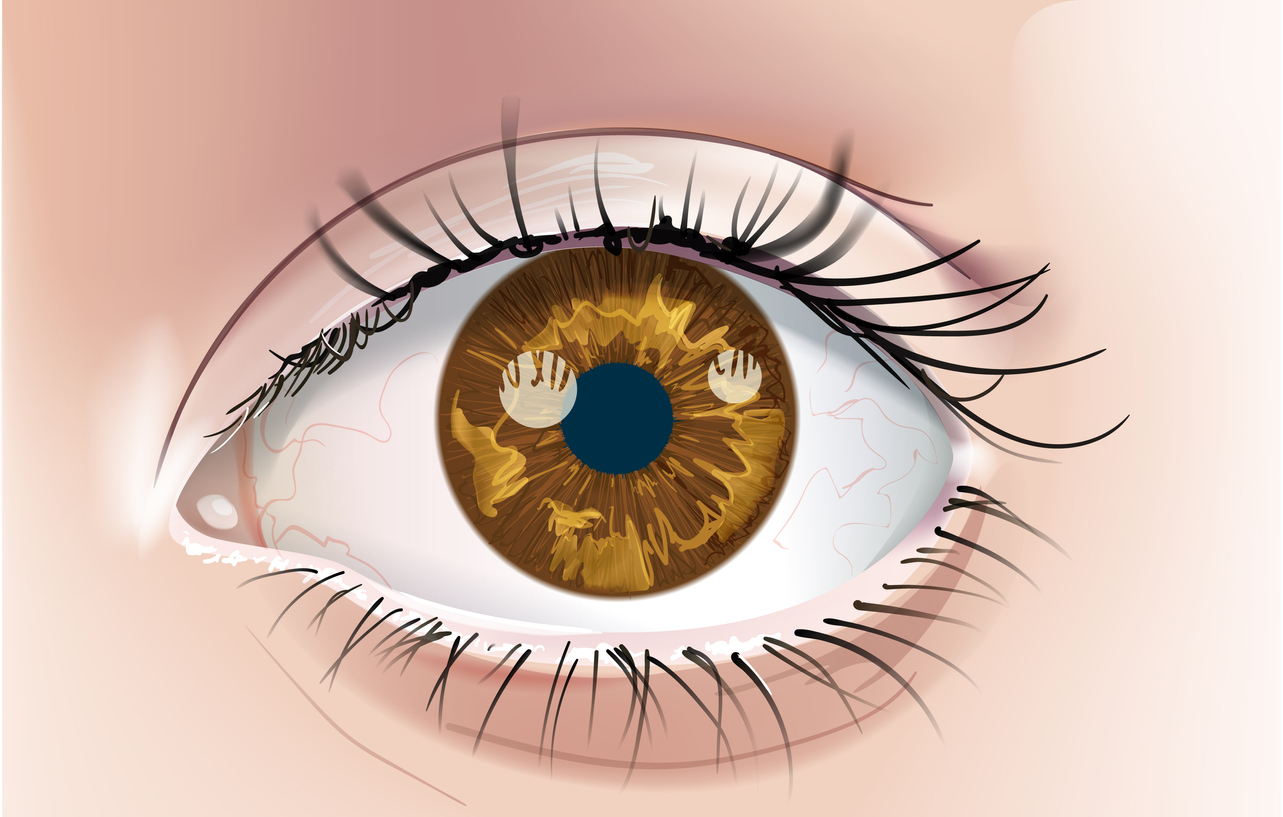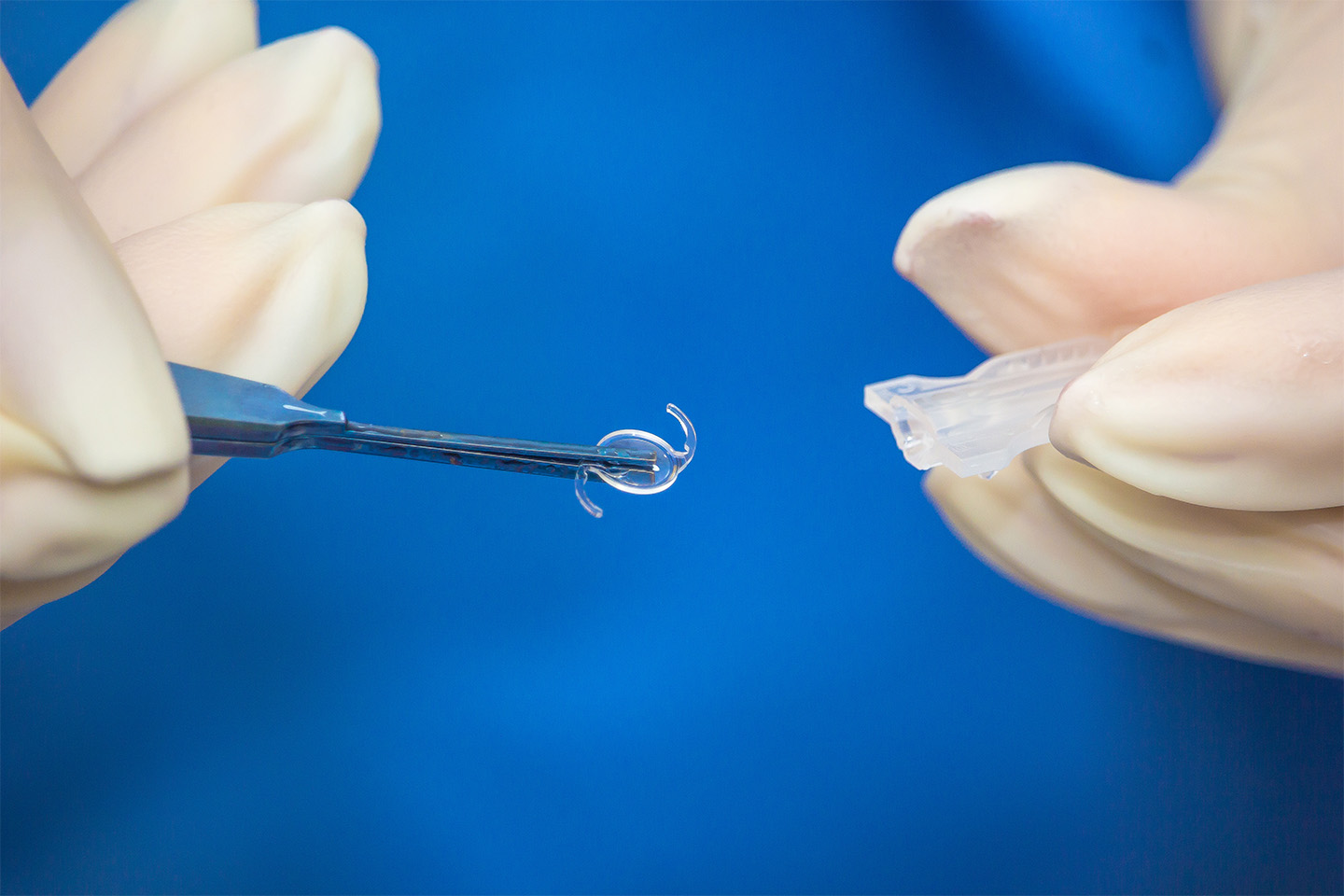How Your Eyesight Works

The human eye is an astonishing organ that converts light waves into clear, colorful images. Here’s what you need to know about the mechanics of eyesight — and how to identify any vision problems.
As the saying goes, “The eyes are the window to the soul.” While the jury is still out on the science of the human soul, we do know that the eyes are, in fact, a type of window. The human eye lets in light waves through a clear surface, and the waves are converted into electrical impulses for your brain to process.
Understanding how your eyes work can help you be proactive in identifying any issues that may arise. Learn how your eyes turn light into images, and explore the underlying causes behind common vision problems.
Catching Waves
To make sense of our surroundings, nearly all animals have ways to detect electromagnetic waves. When EM waves bounce off of objects around us, we can perceive their shapes, colors, and textures. Human eyes can detect EM waves that are between 380 and 700 nanometers long, which is the range we call “visible light.”
The Cornea
The cornea forms the exterior surface of your eye, which acts like a window letting light into your pupil and, eventually, your retina. The cornea bends to focus images, angling the incoming light waves in the right configuration. A flexible piece of tissue behind your cornea, called the lens, controls how much the cornea needs to bend in order to get the right focus.
The Iris and the Pupil
The iris and the pupil work together to take in the right amount of light. The pupil is the black, circular opening in the center of your eye, while the iris is the colorful, muscular ring around your pupil. The muscles in the iris work to regulate the amount of light that passes through your pupil. When strong light hits your cornea, your iris contracts to dilate your pupil, making it smaller to let in less light. When your surroundings are darker, your iris loosens to expand your pupil and let in more light.
Retina
Your retina is the tissue at the back of your eye that converts incoming waves into an image that can be transmitted to, and processed by, your brain. The retina operates using millions of cells called photoreceptors, which process light and help to convert it to electrical impulses. The two types of photoreceptors are rods (which act in dim light levels) and cones (which process brighter lighting and colors).
Common Eye Problems
With so many moving parts, it’s easy to see how a small malfunction in your eye’s anatomy can contribute to vision loss. Some common eye problems include:
- Nearsightedness (myopia): With myopia, light comes into focus before it reaches the retina, meaning you can see objects that are close up but not far away. This usually happens when your cornea is hyper-focused, or because your cornea is too far from your retina.
- Farsightedness (hyperopia): With hyperopia, incoming light isn’t focused until it has already passed through the retina, meaning you can see objects far away but not up close. This can happen if your cornea isn’t focused enough, or if your cornea is too close to your retina.
- Age-induced farsightedness (presbyopia): Age-induced farsightedness occurs when the lens loses its elasticity, which inhibits your cornea’s ability to focus.
- Astigmatism: Astigmatism is blurry vision that occurs when your cornea, your lens, or both, is irregularly shaped.
Luckily, modern technology allows us to treat most eye problems with quick and easy fixes. Myopia, hyperopia, and presbyopia can all be corrected with glasses, contact lenses, or LASIK eye surgery for a more permanent solution. Astigmatism can be corrected with glasses or a minor surgery to reshape the curvature of your eye.
If you’re having trouble with your vision, make sure to request an appointment with an eye doctor. For patients in Maricopa County, contact our Mesa and Chandler location today to schedule an appointment with Arizona’s top licensed eye doctors, and figure out your next steps to healthy eyesight.









